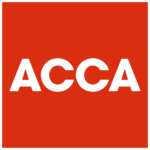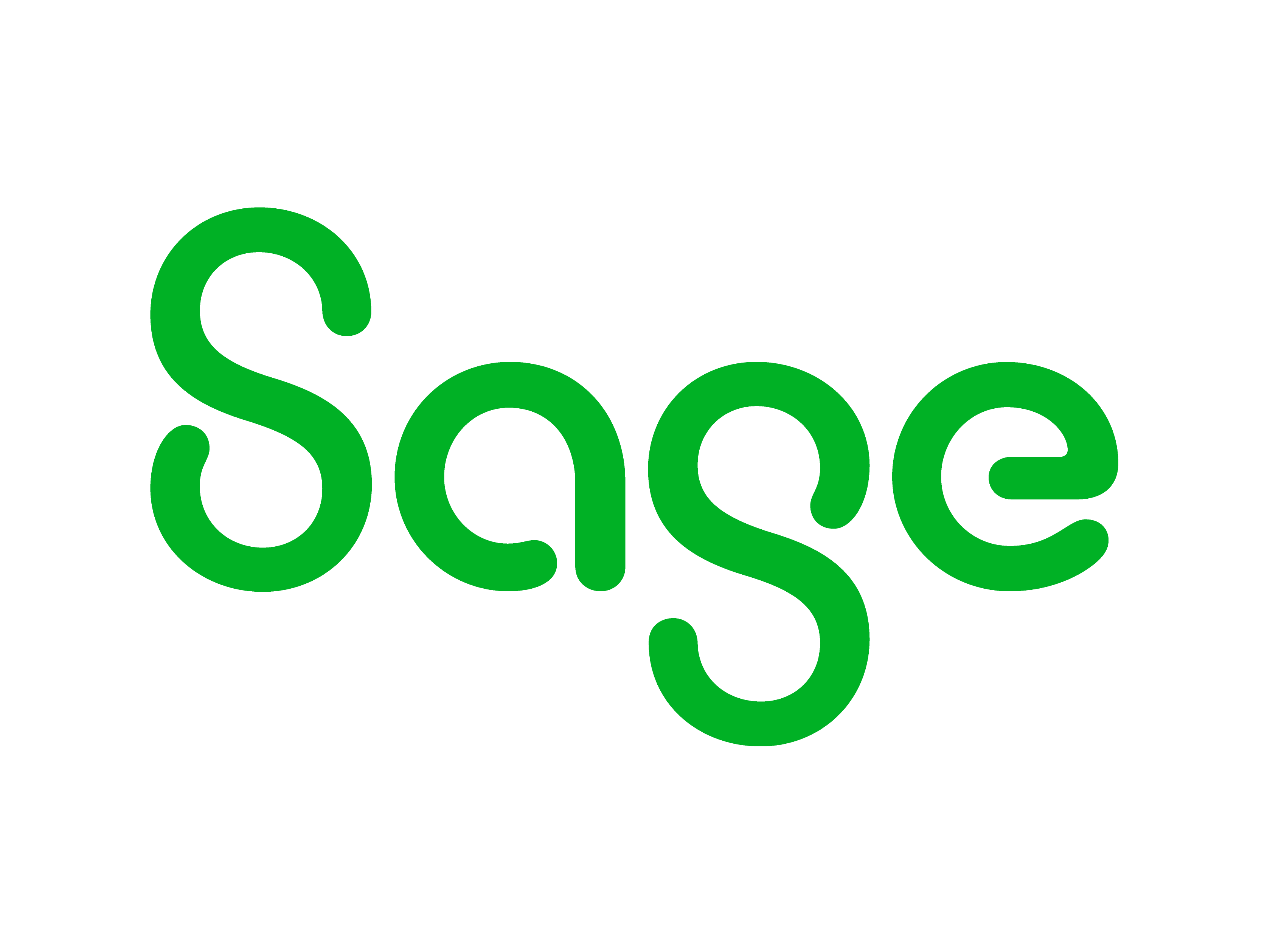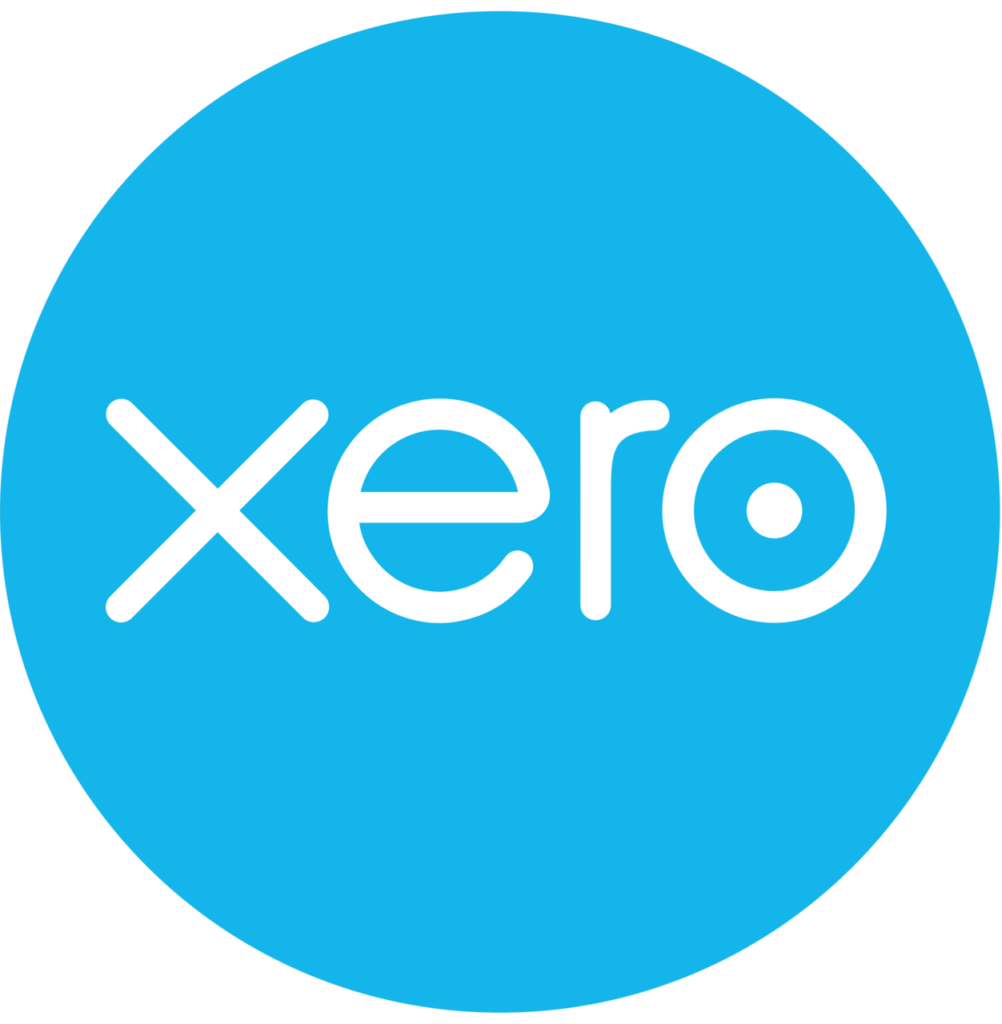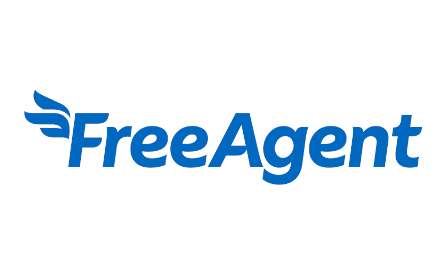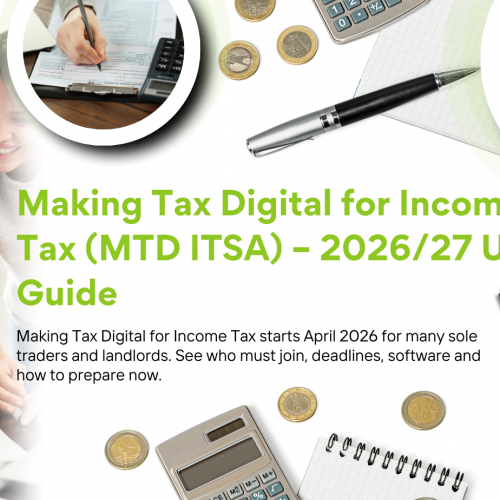The income tax system is moving to digital. From 6 April 2026, the first group of sole traders and landlords must use Making Tax Digital for self-employed (also called MTD for Income Tax or MTD ITSA). If your combined trading and property income is over £50,000, you will need to keep digital records and send quarterly updates to HMRC, plus a year-end finalisation. HMRC expects this change to cut errors and improve record-keeping.
With the start date getting closer, HMRC is encouraging taxpayers to try the system now via the live pilot. We explain who must join, how it works, key dates, software choices, and a simple action plan. As accounting and bookkeeping experts at Khoob Accountancy, we support clients in London and across the UK through our virtual accounting services, including help from our french speaking accountants in London, accountants in Kensington, and Barnet accountants.
What is Making Tax Digital for self-employed?
MTD for Income Tax is HMRC’s programme to move self-assessment for trading and property income into a digital process. The aim is simple: digital records in, digital submissions out. You will use MTD-compatible software to keep records and to send quarterly summaries of income and expenses to HMRC. At the end of the year you send a final declaration (the replacement for the Self Assessment tax return for these sources).
HMRC guidance explains the scope and pilot process here: gov.uk/guidance/making-tax-digital-for-income-tax. Agents can also sign up clients for testing via GOV.UK.
Who must join MTD ITSA and when?
- From 6 April 2026: Individuals with qualifying income over £50,000.
- From 6 April 2027: Individuals with qualifying income over £30,000.
Qualifying income means the total of your gross self-employment income and gross property income (before expenses), across all businesses and UK property sources. If you have more than one sole trade, or both trading and property income, add them together for the test.
Notes: General partnerships are expected to join later (date to be confirmed). Trusts and non-resident companies are outside the current scope. Always check current HMRC guidance before you act.
What will I have to do under Making Tax Digital for self-employed?
- Keep digital records of income and expenses for each business and for UK property.
- Use MTD-compatible software (or compatible bridging software) to maintain records and to submit data.
- Send quarterly updates for each business/property source throughout the year.
- Submit an End of Period Statement (EOPS) for each business/property after the year end.
- Submit a Final Declaration confirming all income sources and reliefs.
Quarterly updates: how often and what is included?
You send a simple summary of income and expenses every quarter. The data does not need all year-end adjustments. It is a snapshot that keeps HMRC up to date. The year-end statements then add the final adjustments, reliefs, and claims.
Typical quarterly pattern (example for 2026/27)
- Q1: 6 Apr–5 Jul → update due around early Aug
- Q2: 6 Jul–5 Oct → update due around early Nov
- Q3: 6 Oct–5 Jan → update due around early Feb
- Q4: 6 Jan–5 Apr → update due around early May
Exact deadlines may vary by software and HMRC rules, but the principle is “within one month of quarter end”. Payment dates for tax do not change unless HMRC announces new rules.
Year-end steps: EOPS and Final Declaration
After the tax year ends, you will finalise each business or property activity with an EOPS. Here you post adjustments like accruals, stock and WIP, capital allowances, and reliefs. Then you submit a single Final Declaration to confirm all income sources and totals, including items that are not in MTD (for example, bank interest or dividends).
Choosing MTD-compatible software
You can use full bookkeeping software or bridging software. Both must be MTD-compatible and keep a digital link from your records to the submission. Avoid cut-and-paste between systems.
Look for features that help the self-employed and landlords:
- Bank feeds and easy bank reconciliation.
- Receipt capture with OCR.
- Property schedules with per-property tracking.
- Multi-business support if you run more than one trade.
- VAT options if you are VAT registered.
- Good reporting and a clear quarterly update workflow.
- Accountant access for reviews and year-end adjustments.
HMRC keeps a list of compatible software on GOV.UK. For service design details see HMRC’s MTD ITSA guidance.
Digital records: what should I capture?
- Sales income by date and method (invoice, cash, card, platform).
- Expense categories that match HMRC boxes (e.g., advertising, vehicle, rent, interest, repairs).
- For landlords: rent by property, allowable expenses, mortgage interest split, repairs vs improvements.
- Assets for capital allowances; keep invoices.
- Stock and work in progress (WIP) at year end if you use accruals.
If you currently use spreadsheets, you can keep them only if you also use bridging software that preserves a digital link to HMRC. Many businesses choose cloud bookkeeping instead, because it reduces admin.
Penalties and late submissions: points system
Under MTD, HMRC will use a points-based penalty system for late quarterly updates. Each late submission adds a point. After a set threshold, a financial penalty applies. Late payment interest may also apply on unpaid tax. The rules reward consistent on-time filing, so your process matters.
Common scenarios for the self-employed and landlords
More than one business
You send a quarterly update for each sole trade and for UK property. Your software should let you keep them separate but finalise them together at year end.
Joint property
Each owner reports their share of income and costs. Keep records that show the split. Check mortgage interest treatment and any restrictions.
Cash basis vs accruals
Many small businesses can use the cash basis. It is simpler for quarterly updates. However, accruals may be better if you carry stock, WIP, or offer long credit terms. Ask us before you choose.
Basis period reform
HMRC has reformed basis periods so that profits are taxed by the tax year. If your accounting date is not 31 March/5 April, you may have overlap profits or a transition period to consider. This interacts with MTD and with cash flow, so plan ahead.
6-step 90-day action plan
- Check the threshold: add your gross trading and property income. If over £50,000, you start in April 2026.
- Pick software: shortlist two MTD-compatible tools; test bank feeds and receipt capture.
- Clean your records: reconcile the bank; label income; set the right expense categories.
- Pilot submission: if eligible, join the HMRC pilot and send a test update via software.
- Quarterly rhythm: book a 30-minute slot after month-end; keep receipts flowing; reconcile every month.
- Year-end ready: list assets, stock and WIP; prepare for EOPS; plan any pension top-ups and claims.
Costs and benefits: be practical
- Costs: software subscriptions, a little time each month, and set-up training.
- Benefits: fewer errors, faster year-end, better cash-flow visibility, and cleaner records for finance.
- Tax position: digital records make it easier to claim all reliefs and keep evidence ready.
Can I sign up for the MTD pilot now?
Yes. HMRC is inviting eligible taxpayers and agents to join the live pilot so they can learn the flow, test software, and fix issues before 2026. If you want to try it, we can register you and guide the first update. Starting early reduces risk and spreads the workload.
Useful links (internal and external)
- HMRC: Making Tax Digital for Income Tax (official)
- Khoob Accountancy – Accounting & Taxation Services
- Guide: Claiming Mileage Relief
- Guide: Capital Allowances for Cars
How Khoob Accountancy can help
We set up software, connect bank feeds, and design a simple monthly routine. We also review quarterly updates before you submit them, handle year-end EOPS and the Final Declaration, and plan reliefs. Our virtual office accounting service supports clients nationwide. Need local help? Our accountants in Kensington and Barnet accountants offer in-person support. We also provide payroll services Peterborough, employment tax and payroll advice, and personal accounting consultancy UK. If you are searching for how to choose an accountant or a guide to finding the right accountant, start with a short discovery call.
Next steps
- Confirm if the making tax digital for self-employed rules apply to you in 2026.
- Pick software and set up digital records this month.
- Join the HMRC pilot if you can; practice a quarterly update now.
- Book a setup session with Khoob Accountancy and avoid last-minute stress.
Ready to start? We can move you to a simple, low-effort process that meets all MTD ITSA rules and saves time every quarter.







